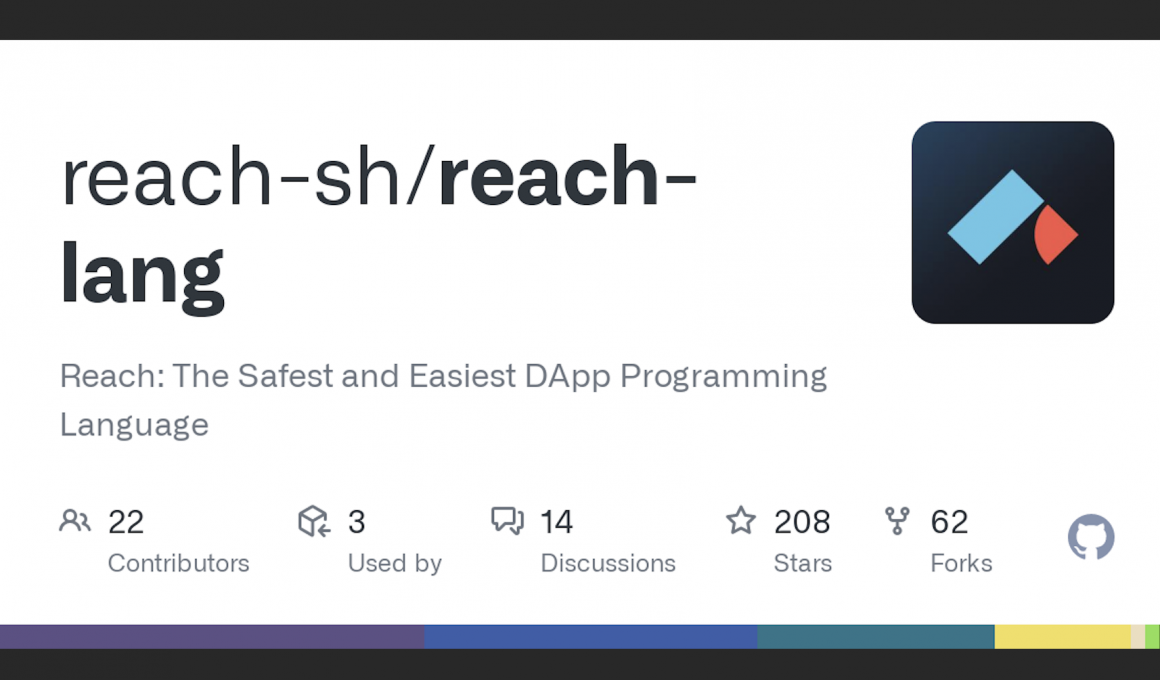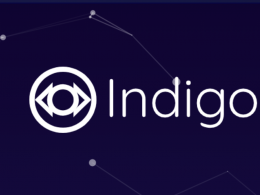You wouldn’t build a bridge if you knew it wouldn’t support its own weight.
Proof of Concept (PoC) is a research method to demonstrate the feasibility of a certain process or idea. It also applies to the demonstration of a principle, with the aim of verifying that some concept or theory has practical potential.
The PoC obtains feedback from everyone involved in a project, being able to include those who otherwise would not have contributed, thus mitigating unforeseen risk.
The Proof of Concept is so valuable because it evaluates the project before work begins. Verify that the concepts and theories applied to a project will have a real-world application. The PoC does not produce deliverables, since the central issue is the viability of the project, it is not intended to produce the product.
It is particularly important when creating a new product or software, as it allows people to explore the potential of the idea before investing in its production.
New developers face 3 issues: developer lockdown, component consistency, and high remediation cost when choosing to develop on blockchain.
Reach Could Facilitate Network Adoption
PoC will show how Reach Lang & Compiler extend inclusion, ease the learning curve to create secure DApps, and reach out to Cardano for new developers.
Understanding what Reach is not is as important as knowing what it is. Reach is not a protocol like Ethereum or Algorand. It is also not a cryptocurrency like Bitcoin.
Reach is a specific language for building decentralized applications (DApps).
Reach is the platform for hands-on blockchain development, making it exponentially faster and cheaper to launch decentralized applications on any network, while providing the security you need to grow. Although the platform does the work of a dozen tools, it roughly consists of a programming language, a compiler, and a set of test and deployment tools.
The Reach platform provides three essential services through a domain-specific language (DSL) for specifying DApps, and a specialized compiler that projects the specification onto each of the output components, while performing automatic verification of correctness properties.
Programming language: Reach is easy to learn as it is syntactically and semantically similar to JavaScript. The language is modeled after the user’s perspective rather than the low-level logic of a state machine. Developers save the error-prone logic of state machine manipulation of network protocols.
Compiler: Reach is capable of compiling any protocol. The compiler includes a built-in verification engine that allows you to ensure the security and correctness of your code by encoding assumptions about its behavior in the program using assertion statements.
Deployment tool: Reach is capable of compiling for any protocol, so the application can be launched in the most convenient chain. The toxic tribalism of isolated protocol communities stands in the way of mass adoption.
DSL uses a subset of JavaScript to specify the DApp at an abstract level involving potentially infinite interactions between individual participants that perform calculations on data with finite consensus in presence of reliable guarantee claims. This allows one to abstract from particular blockchain networks, while remaining faithful to the interfaces offered by real networks.
Since Reach abstracts the low-level details of the blockchain network, it allows DApp authors to develop on one platform (or simply in simulation) and deploy on another network. This is especially valuable for development platforms, which would otherwise need to onboard developers and convince them to rewrite their software to use the new system.
There are many existing DApps that are not based on Cardano, and would require significant effort and energy from the port. The Reach platform offers a concrete migration path through its abstract backend network model; this will increase the adoption of Cardano from day one.
The Reach compiler uses type checking, a normal form transform, information flow security, and endpoint projection to correctly derive each component from the single specification.
The compiler is integrated with a satisfiability-module-theory (SMT) theorem checker (for example, Z3), to automatically verify the accuracy of the application through developer-specific predicates as well as automatically generated properties. Reach allows you to incorporate formal assurances into your source code and verify them automatically. Auditors of Reach programs can objectively affirm the correctness of DApps, adding more guarantees to the source code and demonstrating that these new properties are met (or not). Anything that increases the reliability of DApps will be a boon to the blockchain community, which is reeling from the lack of trust inspired by high-profile attacks.
In short, Reach is based on decades of research in formal verification, compilation, and optimization of cryptographic protocols. The robustness of these aforementioned techniques will be demonstrated in the construction of the information trading application enhanced by the POCPoC on its platform.
Reach will allow tens of millions of developers to participate in the blockchain community, instead of just the thousands participating today, drastically lowering the barrier to entry to blockchain, and dramatically increasing the productivity of DApp developers. A decentralized application that previously took months to develop can be completed in weeks.
The code is published on Github.
Funds Requested: USD 186,000
Reach Platform
ReachPlatform has successfully integrated 3 different blockchains (Ethereum, Algorand and Conflux).
Headquarters in Boston, MA. Company Founded 2019.
Christopher Swenor: Co-Founder and CEO at Reach Platform
The original proposal can be read on Catalyst.










